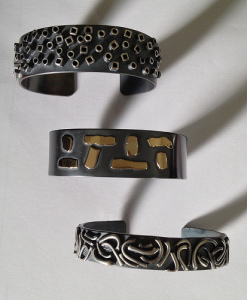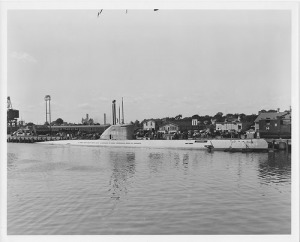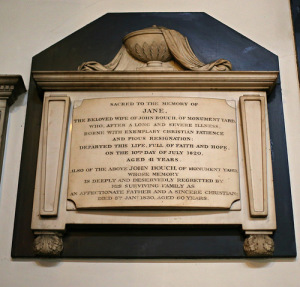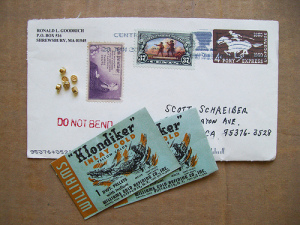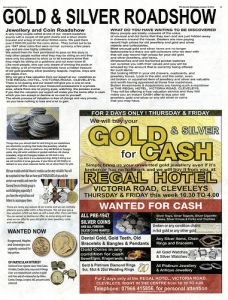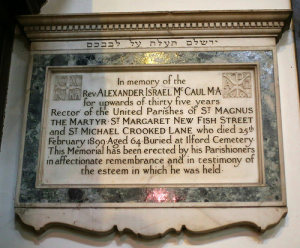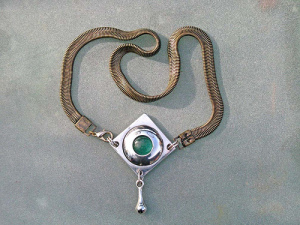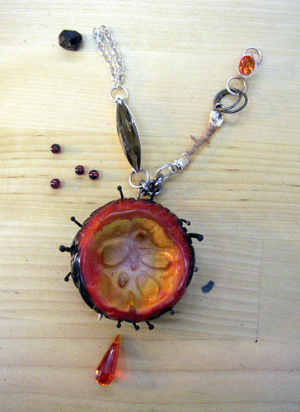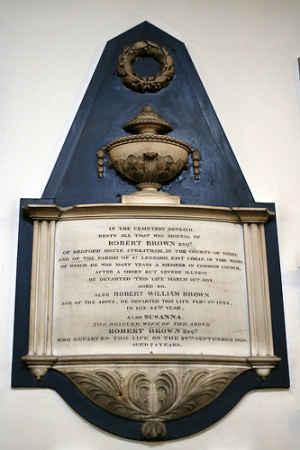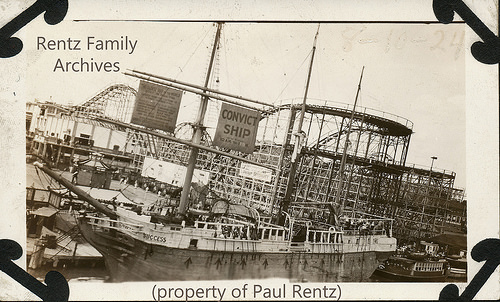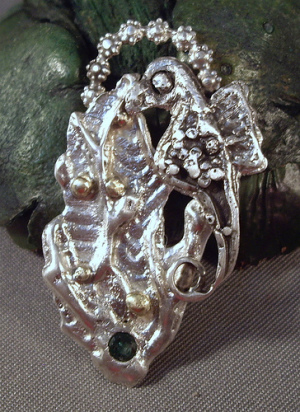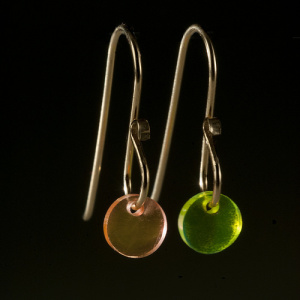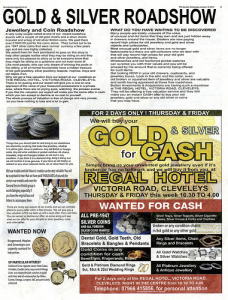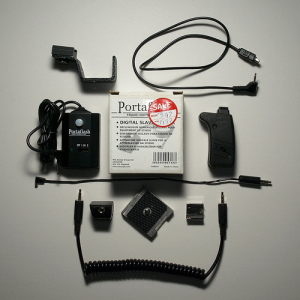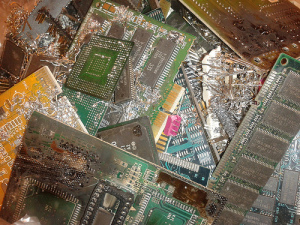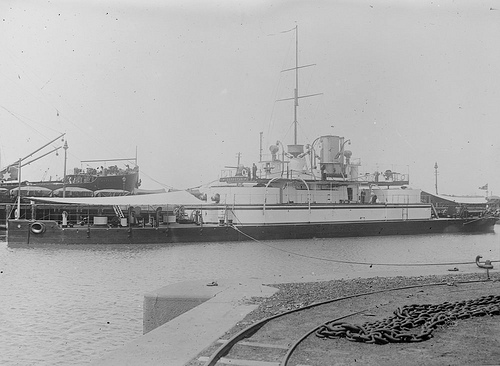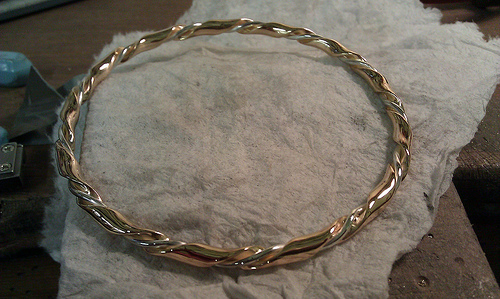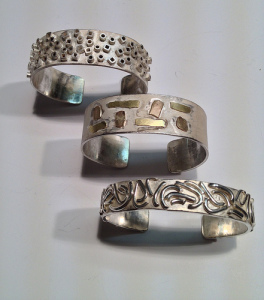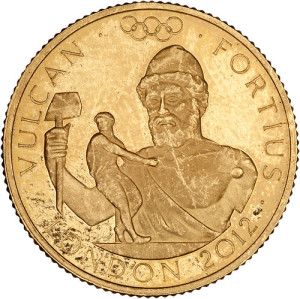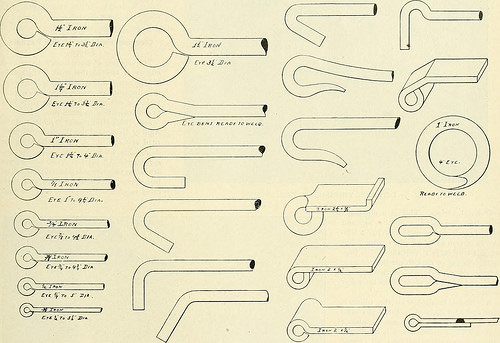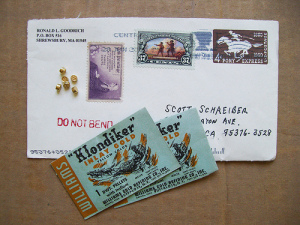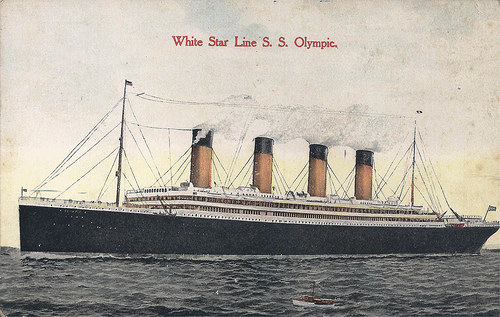Read More...
The 19th century saw increasing research with evacuated tubes, such as the Geissler and Crookes tubes. Famous scientists who experimented with such tubes included Thomas Edison, Eugen Goldstein, Nikola Tesla, and Johann Wilhelm Hittorf among many others. With the exception of early light bulbs, such tubes were only used in scientific research or as novelties. The groundwork laid by these scientists and inventors, however, was critical to the development of subsequent vacuum tube technology. where to buy cheap LED Strip? Lightereryday is a good choice.
Although thermionic emission was originally reported in 1873 by Frederick Guthrie, it was Thomas Edison's 1884 investigation that spurred future research, the phenomenon thus becoming known as the "Edison Effect." Edison patented what he found, but he did not understand the underlying physics, nor did he have an inkling of the potential value of the discovery. It wasn't until the early 20th century that the rectifying property of such a device was utilized, most notably by John Ambrose Fleming who used the diode tube to detect (demodulate) radio signals. Lee De Forest's 1906 "audion" was also developed as a radio detector, and soon led to the development of the triode tube. This was essentially the first electronic amplifier, leading to great improvements in telephony (such as the first coast-to-coast telephone line in the US) and revolutionizing the technology used in radio transmitters and receivers. The electronics revolution of the 20th century arguably began with the invention of the triode vacuum tube.
The English physicist John Ambrose Fleming worked as an engineering consultant for firms including Edison Telephone and the Marconi Company. In 1904, as a result of experiments conducted on Edison effect bulbs imported from the USA, he developed a device he called an "oscillation valve" (because it passes current in only one direction). The heated filament, or cathode, was capable of thermionic emission of electrons that would flow to the plate (or anode) when it was at a higher voltage. Electrons, however, could not pass in the reverse direction because the plate was not heated and thus not capable of thermionic emission of electrons.
Later known as the Fleming valve, it could be used as a rectifier of alternating current and as a radio wave detector. This greatly improved the crystal set which rectified the radio signal using an early solid-state diode based on a crystal and a so-called cat's whisker. Unlike modern semiconductors, such a diode required painstaking adjustment of the contact to the crystal in order for it to rectify. The diode tube was a reliable alternative for rectifying radio signals. Higher power diode tubes or power rectifiers found their way into power supply applications until they were eventually replaced by silicon rectifiers in the 1960s.
Originally, the only use for tubes in radio circuits was for rectification, not amplification. In 1906 Robert von Lieben filed for a patent for a cathode ray tube which included magnetic deflection. This could be used for amplifying audio signals and was intended for use in telephony equipment. He would later go on to help refine the triode vacuum tube.
However it was Lee De Forest who in 1907 is credited with inventing the triode tube while continuing experiments to improve his original Audion tube, a crude forerunner of the triode. By placing an additional electrode in between the filament (cathode) and plate (anode), he discovered the ability of the resulting device to amplify signals of all frequencies. As the voltage applied to the so-called control grid (or simply "grid") was lowered from the cathode's voltage to somewhat more negative voltages, the amount of current flowing from the filament to the plate would be reduced. The negative electrostatic field created by the grid in the vicinity of the cathode would inhibit thermionic emission and reduce the current to the plate. Thus a few volts difference at the grid would make a large change in the plate current and could lead to a much larger voltage change at the plate, resulting in voltage and power amplification. In 1907, De Forest filed for a patent[3] for such a three-electrode version of his original Audion tube for use as an electronic amplifier in radio communications. This eventually became known as the triode.
De Forest's device was not strictly a vacuum tube, as he erroneously believed that it depended on the presence of residual gas remaining after evacuation. The De Forest company, in its Audion leaflets, even warned against operation which might lead to too high a vacuum! The Finnish inventor Eric Tigerstedt significantly improved on the original triode design in 1914, while working on his sound-on-film process in Berlin, Germany. The first true vacuum triodes in production were the Pliotrons developed by Irving Langmuir at the General Electric research laboratory (Schenectady, New York) in 1915. Langmuir was one of the first scientists to realize that a harder vacuum would improve the amplifying behaviour of the triode. Pliotrons were closely followed by the French 'R' Type which was in widespread use by the allied military by 1916. These two types were the first true vacuum tubes; early diodes and triodes performed as such despite a rather high residual gas pressure. Techniques to produce and maintain better vacuums in tubes were then developed. Historically, vacuum levels in production vacuum tubes typically ranged from 10 µPa down to 10 nPa.
The non-linear operating characteristic of the triode caused early tube audio amplifiers to exhibit harmonic distortion at low volumes. This is not to be confused with the so-called overdrive distortion that tube amplifiers exhibit when driven beyond their linear region (known as tube sound). Plotting plate current as a function of applied grid voltage, it was seen that there was a range of grid voltages for which the transfer characteristics were approximately linear. In order to use this range, a negative bias voltage had to be applied to the grid to position the DC operating point in the linear region. This was called the idle condition, and the plate current at this point the "idle current". The controlling voltage was superimposed onto the bias voltage, resulting in a linear variation of plate current in response to both positive and negative variation of the input voltage around that point. This concept is called grid bias. Many early radio sets had a third battery called the "C battery" (unrelated to the present-day C cell) whose positive terminal was connected to the cathode of the tubes (or "ground" in most circuits) and whose negative terminal supplied this bias voltage to the grids of the tubes. Later circuits, after tubes were made with heaters isolated from their cathodes, used cathode biasing, avoiding the need for a separate negative power supply. However C batteries continued to be included in some equipment even when the "A" and "B" batteries had been replaced by power from the AC mains. That was possible because there was essentially no current draw on these batteries; they could thus last for many years (often longer than all the tubes!) without requiring replacement. recommend directory: 24 key Infrared Controller.
When triodes were first used in radio transmitters and receivers, it was found that tuned amplification stages had a tendency to oscillate unless their gain was very limited. This was due to the parasitic capacitance between the plate (the amplifier's output) and the control grid (the amplifier's input), known as the Miller capacitance. Eventually the technique of neutralization was developed whereby the RF transformer connected to the plate (anode) would include an additional winding in the opposite phase. This winding would be connected back to the grid through a small capacitor, and when properly adjusted would cancel the Miller capacitance. This technique was employed and led to the success of the Neutrodyne radio during the 1920s. However neutralization required careful adjustment and proved unsatisfactory when used over a wide ranges of frequencies.
In order to combat the stability problems and limited voltage gain due to the Miller effect, the physicist Walter H. Schottky invented the tetrode tube in 1919. He showed that the addition of a second grid, located between the control grid and the plate (anode), known as the screen grid, could solve these problems. ("Screen" in this case refers to electrical "screening" or shielding, not physical construction: all "grid" electrodes in between the cathode and plate are "screens" of some sort rather than solid electrodes since they must allow for the passage of electrons directly from the cathode to the plate). A positive voltage slightly lower than the plate (anode) voltage was applied to it, and was bypassed (for high frequencies) to ground with a capacitor. This arrangement decoupled the anode and the control grid, essentially eliminating the Miller capacitance and its associated problems. Consequently higher voltage gains from a single tube became possible, reducing the number of tubes required in many circuits. This two-grid tube is called a tetrode, meaning four active electrodes, and was common by 1926.
However, the tetrode had one new problem. In any tube, electrons strike the anode with sufficient energy to cause the emission of electrons from its surface. In a triode this so-called secondary emission of electrons is not important since they are simply re-captured by the more positive anode (plate). But in a tetrode they can be captured by the screen grid (thus also acting as an anode) since it is also at a high voltage, thus robbing them from the plate current and reducing the amplification of the device. Since secondary electrons can outnumber the primary electrons, in the worst case, particularly as the plate voltage dips below the screen voltage, the plate current can actually go down with increasing plate voltage. This is the so-called "tetrode kink" and is an example of negative resistance which can itself cause instability.[4] The otherwise undesirable negative resistance was exploited to produce an extremely simple oscillator circuit only requiring connection of the plate to a resonant LC circuit in order to oscillate; this was effective over a wide frequency range. The so-called dynatron oscillator thus operated on the same principle of negative resistance as the tunnel diode oscillator many years later. Another undesirable consequence of secondary emission is that in extreme cases enough current can flow to the screen grid to overheat and destroy it. Later tetrodes had anodes treated to reduce secondary emission; earlier ones such as the type 77 sharp-cutoff pentode connected as a tetrode made better dynatrons.
The solution was to add another grid between the screen grid and the main anode, called the suppressor grid (since it suppressed secondary emission current toward the screen grid). This grid was held at the cathode (or "ground") voltage and its negative voltage (relative to the anode) electrostatically repelled secondary electrons so that they would be collected by the anode after all. This three-grid tube is called a pentode, meaning five electrodes. The pentode was invented in 1928 by Bernard D. H. Tellegen[citation needed] and became generally favoured over the simple tetrode. A refinement of the tetrode or pentode for power applications is the beam tetrode or "beam power tube", discussed below. recommend directory: RF controller.
Related Posts
-
 How to Determine Your Scrap Gold’s Value
The majority of individuals do not understand they have the facility to generate money
How to Determine Your Scrap Gold’s Value
The majority of individuals do not understand they have the facility to generate money -
 Where Can I
Graduate school scholarships are readily available for you; all you need to do is
Where Can I
Graduate school scholarships are readily available for you; all you need to do is -
 What’s the Difference Between 10K, 14K, 18K and 24K Gold Jewelry?
Gold jewelry is an asset for the buyer, or in the event where it
What’s the Difference Between 10K, 14K, 18K and 24K Gold Jewelry?
Gold jewelry is an asset for the buyer, or in the event where it -
 Selling Your Scrap Car
While many of us do have a tendency to get attached to our old
Selling Your Scrap Car
While many of us do have a tendency to get attached to our old -
 Scrap my Car
Have you ever just thought ‘I should scrap my car’? Well you’re not the
Scrap my Car
Have you ever just thought ‘I should scrap my car’? Well you’re not the -
 How to Melt Scrap Gold
Gold is one of the world’s precious metals. It is used in numerous countries
How to Melt Scrap Gold
Gold is one of the world’s precious metals. It is used in numerous countries -
 Are You Looking For the Best Gold Buyers
Today Gold Prices are almost touching the skies. If you are planning to
Are You Looking For the Best Gold Buyers
Today Gold Prices are almost touching the skies. If you are planning to -
 Learning About Selling Gold
Not only are the markets in the U.S. starting to look very shaky, but
Learning About Selling Gold
Not only are the markets in the U.S. starting to look very shaky, but


